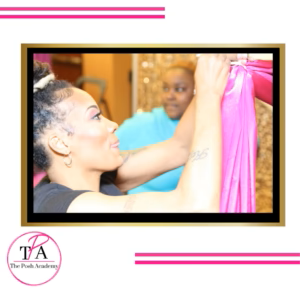
Opaque, Transparent & Translucent
Share
Imagine you are in the middle of an event consultation with the biggest client you have ever had. The meeting is going great up until the clients ask for a double-layered backdrop with an opaque fabric. The problem is that you have no idea what opaque means. Every industry has its own language and the world of fabric and draping is no exception. It can be hard to navigate through fabric stores, client meetings, and expos without knowing the difference between opaque, transparent, and translucent. In this article, you’ll learn just that! Opaque- These types of fabrics are not see-through at all and are great for blocking light. Opaque fabrics do not allow any light to pass through and have a thicker density. Some common uses for opaque fabrics are window coverings, dividers, and backdrop base layers. Some opaque fabrics are satin, premium sequin, and velvet. These fabrics are heavy to medium weight. They are used to block out light and give an elegant mood to an event. Transparent- This is also known as sheer. Some transparent fabrics are voile, chiffon, organza, and georgette. Transparent fabric is very light and see-through. Event planners usually use sheer fabric to create a romantic atmosphere. The amount of privacy or light passing through can be adjusted according to the fullness of your design. Fullness can range from 0-400% which is based on preference as well as how much light you would like to pass through your design. It comes in a variety of blends such as crushed organza or georgette. These types of fabrics are lightweight.
